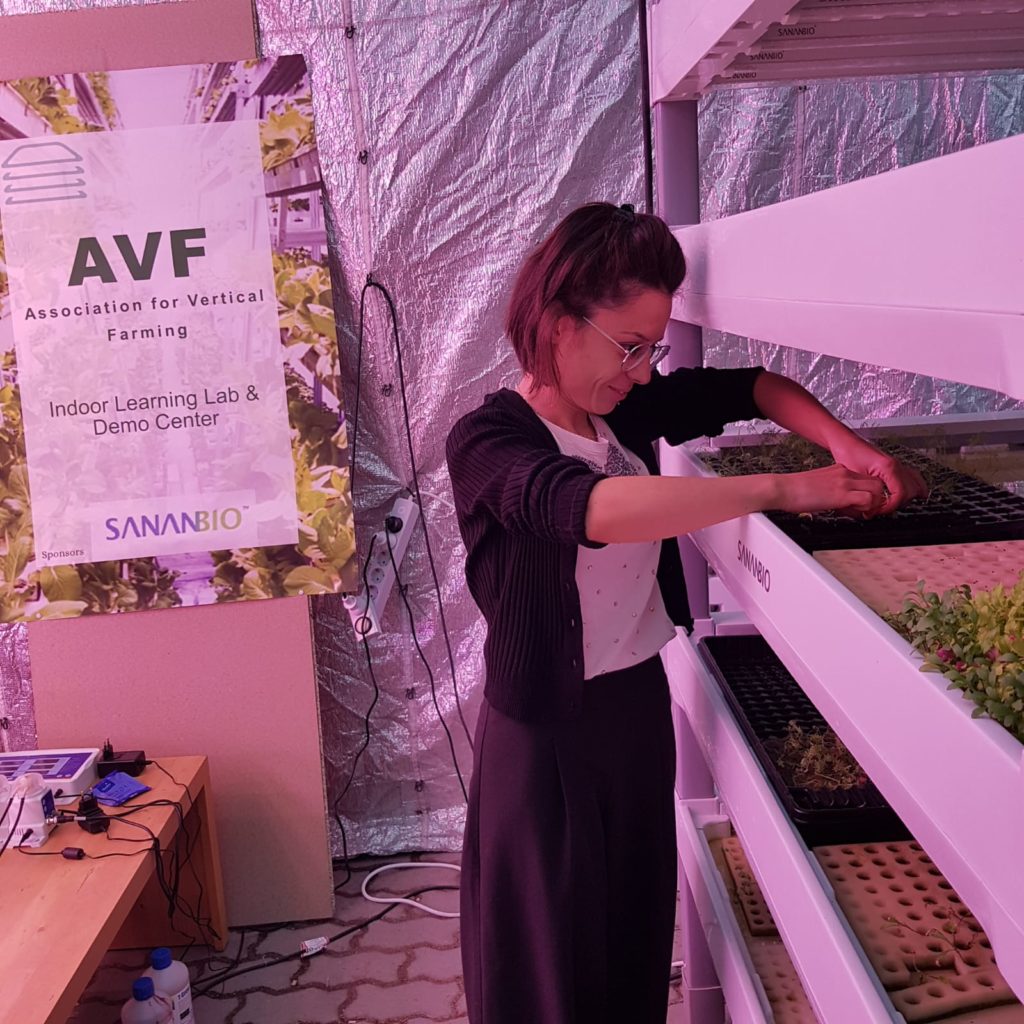When the pioneering vertical farms were established around the world, comparatively basic first-generation technology used created relatively inefficient systems compared with today. Although these operations only enabled the most basic functions to occur, they demonstrated how feasible it was to grow plants in vertical structures and thus, for the first time in history, opened doors to the vast number of opportunities associated with space-optimised and controlled-environment food production in urban environments.
Notably, this had the potential to bridge the gap between the food source and consumer-created by the second agricultural revolution of the 17th century, which led to the industrial revolution and mass urbanisation.
As the industry’s capital expenditure tends to remain high, increasing the financial viability of vertical farming businesses by cutting down the operating costs is crucial for securing a successful future and has thus become a key focus of research. The transition from first-generation to second-generation technology is critical. Second-generation technology enables automation and continual optimisation of the growing process, resulting in immensely higher yields and more appealing and feasible investment opportunities.
In the indoor farming industry’s short history, advancements in automation have been made in a range of areas including watering and hydroponics, and monitoring of water parameters. More modern practices integrate robotics and even allow plants to be moved. The automation of light quality and intensity plus the incorporation of LEDs has also been key to creating big energy savings and higher quality produce, and there are emerging examples of systems with LEDs that respond and automatically adjust their intensity according to real time data output from the plants.
Check Out UPLIFT, a Fully Automated Vertical Farm by SANANBIO
An example of interdisciplinary research projects
PB ‘Horticultural Systems of the Future’ (HORTSYS) innovates for the future of indoor (and outdoor) horticulture using the latest sensor technology and model-based decision support systems (DSS). The research group, HORTSYS.2, is developing resource-optimised production systems in controlled growing environments including vertical farms. It is a cooperative effort between Wageningen University, the Leibniz Institute for Vegetable and Ornamental Plant Production (IGZ), Danish Technological Institute, Aarhus University, Humboldt University Berlin, and many more.

Laura Cammarisano at AVF Indoor Learning Lab and Demo Center, Munich, Germany
Laura Cammarisano (a scientist at the IGZ and AVF member), describes her work:
“I collaborate to create solutions that combine plant mathematical models and sensors for the automation of plant cultivation in closed environments.”
HORTSYS.2 uses knowledge of important parameters affecting plant behaviour, such as light quality or nutrient uptake. They combine understanding from addressing key research questions related to mathematical modelling and sensor technology as well as plant physiology.
There is a call for and a growing need for such collaborative efforts because high tech farming systems, such as vertical farming, combine knowledge and data from a range of different research areas.
Laura Cammarisano added: “One very important aspect at the moment, at least to me, is the need for data as it would help a lot in the automation process.”
The Importance of Building Networks and Consortia
Communication and working together is vital to help the industry move forward as this facilitates more rapid advancements in the automation process and produce quality, increasing the economic viability of VF technology. This helps to secure investment, in turn paving the way for the integration of VF technology and its innumerable benefits into our daily lives.
 The Indoor Farming University Network (IFUN) aims to create a space for strategic communication in the indoor farming industry between research departments and universities across the world. With the main priority being to emphasise the importance of research and collaboration during the climate crisis, IFUN will initiate and support interdisciplinary partnerships to create a network offering a range of benefits to its members from consortium building for grant applications and identifying knowledge gaps to education for future researchers, decision-makers, and the general public. You can find out more about IFUN and how to join here.
The Indoor Farming University Network (IFUN) aims to create a space for strategic communication in the indoor farming industry between research departments and universities across the world. With the main priority being to emphasise the importance of research and collaboration during the climate crisis, IFUN will initiate and support interdisciplinary partnerships to create a network offering a range of benefits to its members from consortium building for grant applications and identifying knowledge gaps to education for future researchers, decision-makers, and the general public. You can find out more about IFUN and how to join here.
Author: Laura Nelson



Comments are closed.